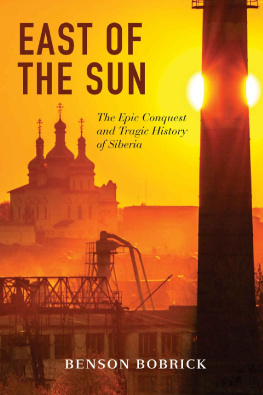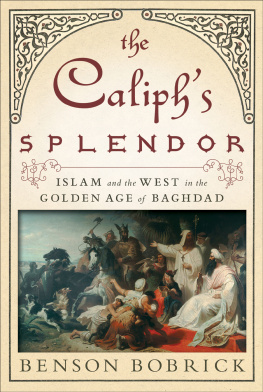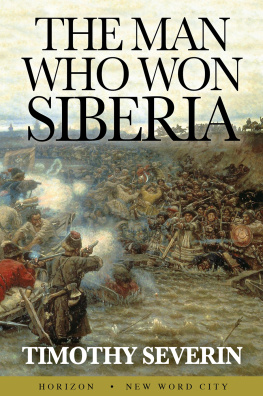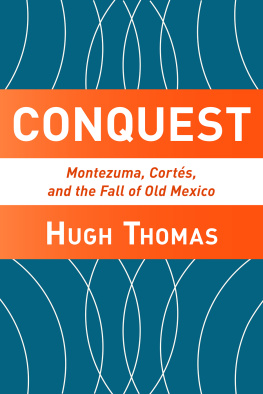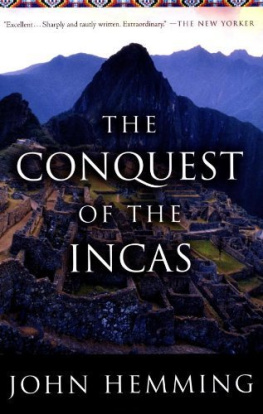East of the Sun
Also by Benson Bobrick:
The Caliphs Splendor: Islam and the West in the Golden Age of Baghdad
Master of War: The Life of General George H. Thomas
The Fated Sky: Astrology in History
Testament: A Soldiers Story of the Civil War
Wide as the Waters: The Story of the English Bible
and the Revolution it Inspired
Angel in the Whirlwind: The Triumph of
the American Revolution
Knotted Tongues: Stuttering in History and the Quest for a Cure
Fearful Majesty: The Life and Reign of Ivan the Terrible
Labyrinths of Iron: Subways in History, Myth,
Art, Technology, and War
Parsons Brinckerhoff: The First Hundred Years
EAST OF THE SUN
The Epic Conquest and Tragic History of Siberia
Benson Bobrick
Copyright 1992, 2014 by Benson Bobrick
Copyright to all work in this volume is governed by U.S. and international copyright laws. Work may not be reproduced in any manner without the expressed, written permission of the copyright holder. For permission to reproduce selections from this book, contact the publisher at the address below.
Cover image: Sunrise in Tyumen, by Evgeny Ivanishchenko
PERMISSIONS & ACKNOWLEDGEMENTS
The author is grateful for permission to quote from Karlo Stajner, Seven Thousand Days in Siberia, translated by Joel Agee, and published by Farrar, Straus, & Giroux, Inc., 1988; Christina Sutherland, The Princess of Siberia , published by Farrar, Straus, & Giroux, Inc., 1984; Leo Tolstoy, Resurrection, translated by Rosemary Edmonds, and published by Penguin Classics, Penguin Books, Ltd., 1966; John J. Stephan, Sakhalin: A History, published by Oxford University Press, 1971; and Alan Wood, ed., The History of Siberia, published by Routledge, 1991.
ISBN 978-1-880100-85-1
Library of Congress Control Number: 2014952707
Russian Information Services, Inc.
PO Box 567
Montpelier, VT 05601-0567
www.russianlife.com
orders@russianlife.com
phone 802-234-1956
PREFATORY NOTE
AND ACKNOWLEDGEMENTS
In an obvious way, this book is a chronological sequel to my biography of Ivan the Terrible, whose reign was drawing to its close when the conquest of Siberia began. But topically its genesis was otherwise.
In 1929, my mother took the Trans-Siberian Railroad alone, at age twenty, from Moscow to Vladivostok, and from there traveled on to Seoul, Korea, to meet her father, who was then a missionary in the Far East. The year before he had been elected a Bishop of the Methodist Church with episcopal supervision over Japan, Korea, and Manchuria; four years later his jurisdiction was extended to Southeast Asia.
He had many stories to tell of still exotic lands, and I grew up with a fascinated secondhand acquaintance fleshed out by some wonderful old photographs of Asia and the Far East. But missing from this panorama was always Asias northern third Siberia, the most mysterious of all and a part of Russia, a land of my heritage on my fathers side. My mother died before I was old enough to ask her about what she had seen, and so her journey formed part of the mystery to me of who she was. By retracing her steps, I suppose, and by learning everything I could about northern Asia, I vicariously embarked upon an imaginary conversation with her of the most far-reaching kind. My quest took me to Moscow and St. Petersburg, into Central Asia, and back and forth across Siberia from the Urals to the Sea of Japan. The rest is history.
Generally speaking, authors try to write the sort of books they like to read, and the penalty they pay for this compulsion is knowing more keenly than anyone else how far short of their own ideal their efforts fall. But whatever the shortcomings of this book, nothing can diminish the generosity of the help it received. My agent Russell Galen, Kathleen Anderson (my original and inspired editor at Poseidon), and Elaine Pfefferblit, her splendid successor, helped foster the work and carry it forward on their shoulders with their enthusiasm and encouragement; my publisher, Ann Patty, never faltered in her support. Others at Poseidon were excellent too: Toni Rachiele, Frank Metz, Ann Adelman (who copyedited the text with admirable care), and Laura Demanski, who expertly attended to numerous details. Karolina Harris developed the books handsome design.
I am also indebted to the staffs of the Butler Library of Columbia University, the New York Public Library, the American Museum of Natural History, the Library of Congress, the Irkutsk State University Library, and the Miklukho-Maklay Institute of Ethnology in St. Petersburg.
With habitual efficiency, Loren McAuley typed up hundreds of pages of my notes; Diana Rodriguez did that and more: her faith in the project was a precious source of strength.
My brother, Jim, helped school me in useful material to consult about the Gulag.
Numerous friends and colleagues also lent a timely hand, including Vitaly Chepaukin, Justin Creedy-Smith, Vera DeRymmor, Larisa Glazkova, Svetlana Gorokhova, Hugh Graham, Peter Guttmacher, Brenda Horrigan, Daniel Kinnunen, Inna Kuzovenko, Steven Marks, Viktor Mernick, Jonathan Olson, Patricia Polansky, Eugenia Samoilenko, Yevgeny Shabanov, Anne Sweeney, Elena Ushakova, and Elena Yakovchenko.
Finally, I might say that as the book neared completion, I often thought of a long conversation I had four years ago with an elderly Uzbek a man with a face like the ancient of days one afternoon in Samarkand. We sat together under the shade of a towering fig tree for several hours outside the great Ulughbek Observatory built in 1428-29, and as he stood up to take his courteous farewell, he said to me, You have not wasted my time. I should like nothing better than that the reader should say as much.
Brooklyn, New York
July 4, 1992
AUTHORS FOREWORD
TO THE NEW EDITION
Of all my books, East of the Sun is perhaps the most ambitious, and was conceived on an epic scale. Its largeness was fitted to the landscape it described, and it measured itself out by epochs, from the last quarter of the sixteenth century to the end of Soviet rule. I wrote it when Mikhail Gorbachev was still in power, and when Russian society, then in seeming transition, was marked by a singular mixture of expectation and decay. The future of the country, with its collapsing aggregate of states, was unclear. But her hopes in a material sense, at least seemed to lie to the east, in Siberia, with its vast repositories of oil, gas, coal, timber, diamonds, and precious metals of all kinds.
That has not changed, despite the subsequent dissolution and attempted reconstruction of a semi-imperial dominion under faintly more democratic rule. Almost all would agree that the promise of Russian prosperity remains tied for better or for worse to the immense region of northern Asia which it claims.
My book, published in 1992, was primarily a work of history, of course, with an account of the prospects for Siberian growth. Today as yesterday, the same ambitious State projects sometimes in the guise of private enterprise, but always with the penumbral aura of official consent variously exploit, harness, enhance, and afflict the land. Their aims are often challenged by the forbidding environment, however, and by the very vastness and inaccessibility of the region itself. Attempts to increase the capacity of the Trans-Siberian Railway, aviation, highways and the like have lagged in conjunction with Russias inadequate labor force. In truth, this is an old story, and tied to the land.
History and story are not the same thing. History never repeats itself, though it may make the same mistakes. Story belongs to fable and its eternal return. The story of the land is timeless, despite its history in time. That is the real subject of my book. And I am glad to see in back in print.
Next page
